Index
- The largest commune in the country was kept intact after the arrangement, renamed Buon Don commune.
- Yok Don National Park - The leading eco-tourism destination in the Central Highlands
- Directions to Yok Don National Park
- Rich travel experience in Yok Don
- Visit the tomb of the elephant king Amakong
- Directions to the tomb of the Elephant King Amakong
- When coming to Buon Don to visit the elephant king's tomb, tourists can combine sightseeing.
- Preserving cultural heritage in the highlands
The largest commune in the country was kept intact after the arrangement, renamed Buon Don commune.
After merging with Phu Yen , Dak Lak province has 102 commune-level administrative units, including 88 communes and 14 wards. This province is over 18,000 km2 wide, with a population of over 3.3 million.
Dak Lak has 7 communes that are kept intact, because they meet the criteria not to be rearranged. Among the above communes, Krong Na commune will keep its entire natural area and population size and change its name to Buon Don commune.
This is also the commune with the largest natural area in Dak Lak and the whole country (1,113.79 km², reaching 2,227.58% of the standard; population size of 6,582 people, reaching 131.64% of the standard). This area is nearly half of Hung Yen province (more than 2,500 km2).
The name of the commune is Buon Don because this place name is closely associated with the history, tradition, culture, and existing tourism brand of the locality. Buon Don is a land that has long been famous for its tradition of hunting and taming wild elephants, and is currently an attractive tourist destination in Dak Lak.
Yok Don National Park - The leading eco-tourism destination in the Central Highlands
Located at Km 38 Provincial Road 1, Buon Don Commune, Yok Don National Park covers an area of 115,545 hectares, spanning the territories of Dak Lak and Dak Nong provinces. About 40km north of Buon Ma Thuot City, this area is notable for its towering Yok Don and Reheng mountains and rich ecosystems.
Directions to Yok Don National Park
From Buon Ma Thuot, visitors can travel by motorbike along the route Le Duan - National Highway 14 - Giai Phong - Y Ngong - Nguyen Thi Dinh - DT 618 - Provincial Road 1. The road is relatively convenient, suitable for personal vehicles.
For visitors from afar, you can fly to Pleiku airport, then take a taxi to Buon Ma Thuot and rent a motorbike to explore the national park. The park is open all day and offers professional tour guide services for prices ranging from 450,000 to 600,000 VND.
Rich travel experience in Yok Don
About 90% of the area is primary forest divided into three main areas including special protection area, restoration area and administrative service area. Visitors can explore the administrative service area of nearly 5 hectares with full ecotourism services.
Yok Don National Park is home to 196 bird species, 67 mammal species, nearly 50 reptile species, 15 amphibian species and hundreds of insect species. In particular, this area also protects rare animals listed in the Vietnam Red Book such as elephants, bears, monkeys and many other species.
In terms of flora, the national park has 464 plant species, including 23 rare orchid species. The most unique feature is the dipterocarp forest with the characteristic of shedding leaves in the dry season, along with typical plant species such as copper oil tree, tea beng, and hair oil, creating a natural landscape not found anywhere else.
Those who love mountain climbing can try their hand at Yok Don and Reheng mountains. From the top of the mountain, visitors will see a panoramic view of the vast forest with unique natural landscapes.
Bay Nhanh Waterfall is an attractive tourist destination with a high waterfall divided into seven branches flowing into the Serepok River. In addition to bathing in the waterfall, visitors can row a dugout canoe (400,000 VND/boat for 2 people) or rent a motorboat (400,000 VND/boat for 3 people).
One of the most unique experiences is observing elephants in their natural environment. Different from traditional elephant riding activities, this program focuses on learning about the natural life of elephants through experienced caretakers from ethnic minorities.
Yok Don National Park is home to more than 6,000 people from ethnic minorities such as the Ede, M'nong, and Lao. The traditional stilt houses and communal houses are still preserved intact along with unique customs and practices.
Visitors can participate in a gong music show (5,000,000 VND/show), immerse themselves in the lives of ethnic people, enjoy traditional dishes and experience the unique culture of the Central Highlands people.
With sustainable tourism development, this area promises to continue to be an ideal destination for those who love to experience nature and culture.
Visit the tomb of the elephant king Amakong
In Buon Don commune, an ancient tomb is attracting the attention of cultural researchers and tourists who want to learn about the elephant hunting tradition of the M'nong people. This is the resting place of the elephant king Amakong, the last symbol of the wild elephant taming profession in the Central Highlands.
Amakong, who died in 2012 at the age of 103, was considered the last elephant king of the Buon Don region. During his lifetime, he captured 298 wild elephants and organized his last hunt in 1996, capturing 7 wild elephants before retiring due to the ban on elephant hunting.
Ma Kien, a descendant of the elephant king Amakong, said the tomb had been abandoned according to traditional customs, and that descendants were not allowed to visit it. This explains why the elaborately constructed tomb appeared abandoned, showing no signs of regular care.
According to the M'nong custom of abandoning graves, sacrificial animals such as chickens and pigs must be slaughtered at the grave and the blood is used to mark the statues. The meaning of this ritual is that the belongings of the deceased will be forever cut off from the living world, helping the soul to be purified and return to the ancestors.
What is special is that Amakong's tomb is decorated with elephant statues, unlike the surrounding tombs. The elephant statues guard the doors of the main tower as a charm to protect the tomb at different times of the day.
Directions to the tomb of the Elephant King Amakong
Motorbike is the most recommended vehicle for this trip. If you go by motorbike, you can follow Highway 14 towards Buon Don, there are many clear signs on the way, ensuring you get to your desired destination safely.
For those who choose to travel by car or bus from Buon Ma Thuot to Buon Don, you only need to buy a ticket from 50,000 - 70,000 VND/person with a total travel time of about 1 hour and 30 minutes.
In addition, you can also choose a bus to travel to the elephant king's tomb. Normally, the bus fare for the distance from Buon Ma Thuot center to the king's tomb is about 20,000 VND/ticket.
Once you get there, you will have to walk about 200m. This walking path is quite easy and designed for visitors' convenience.
Therefore, if you want to visit the elephant king's tomb and have a complete experience, pack your backpack and come here early in the morning (from 6am to 9am) or in the late afternoon (from 4pm to 5:30pm).
When coming to Buon Don to visit the elephant king's tomb, tourists can combine sightseeing.
Elephant King's Ancient Stilt House: The Elephant Hunter King Amakong's house is a stilt house over a hundred years old located in Buon Don commune (Dak Lak).
Ecotourism: Buon Don is blessed with many beautiful natural landscapes, including primeval forests, waterfalls, rivers and streams... You can participate in ecotourism activities such as trekking through the forest, watching waterfalls, fishing, visiting the elephant king's tomb.
Preserving cultural heritage in the highlands
Amakong's tomb stands out with its peacock blue color - the symbolic color of the jungle leader. Around the tomb are wooden peacocks carved using the typical art of carving tomb statues, with sharp axe marks creating an impressive rough shape instead of using modern grinders.
In the life of the M'nong people, the peacock represents power and wealth. When alive, they give noble people peacock feathers to display in their homes and on their ancestral altars. After death, a peacock statue sitting on an elephant tusk is placed on the main side of the tomb to guide the soul back to the ancestors.
Ms. Thuy Nga, a tour guide at Buon Don Tourism Center, said that many tourists want to visit Amakong's tomb because of its reputation as a "king without a throne". However, the mysterious and sacred cultural layers surrounding the tomb make many people apprehensive.
The M'nong are one of the oldest ethnic groups inhabiting the Central Highlands, with a special spiritual relationship to the forest and the profession of taming wild elephants. Many generations of the M'nong have continued the secret of hunting and taming elephants for use as means of transportation, production, and recently tourism services.
Visiting the elephant king's tomb is not only a tourist activity but also an opportunity to learn about the cultural life entity that integrates many elements: the story of hunting wild elephants, the art of carving tomb statues, the custom of abandoning graves and the concept of life and death of the M'nong people.
This is a priceless cultural heritage that needs to be preserved and transmitted in its true essence so that future generations can understand the unique cultural traditions of the M'nong people of the Central Highlands.
AD Advertisement
Source: https://baonghean.vn/cac-diem-du-lich-o-xa-lon-nhat-ca-nuoc-gan-bang-mot-nua-dien-tich-tinh-hung-yen-10302055.html


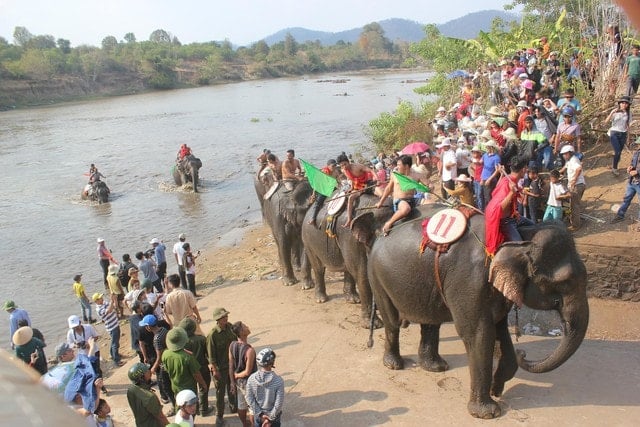
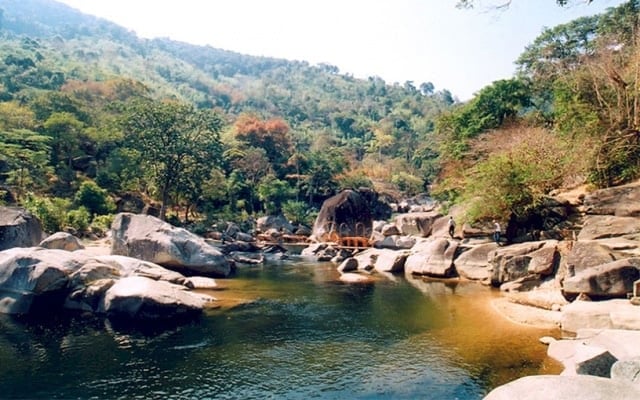
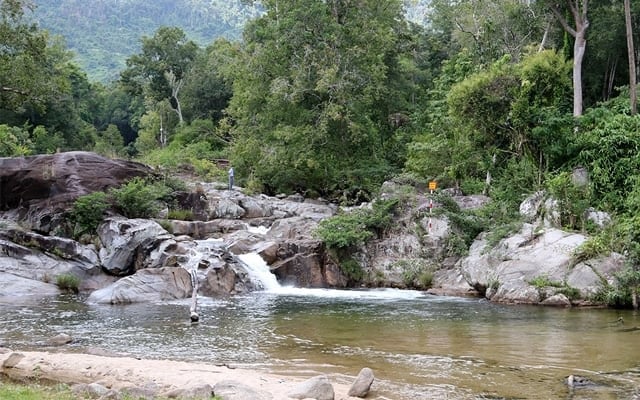
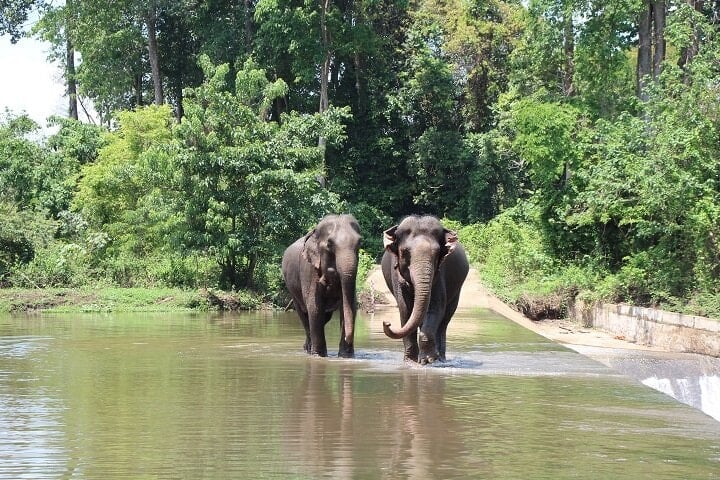
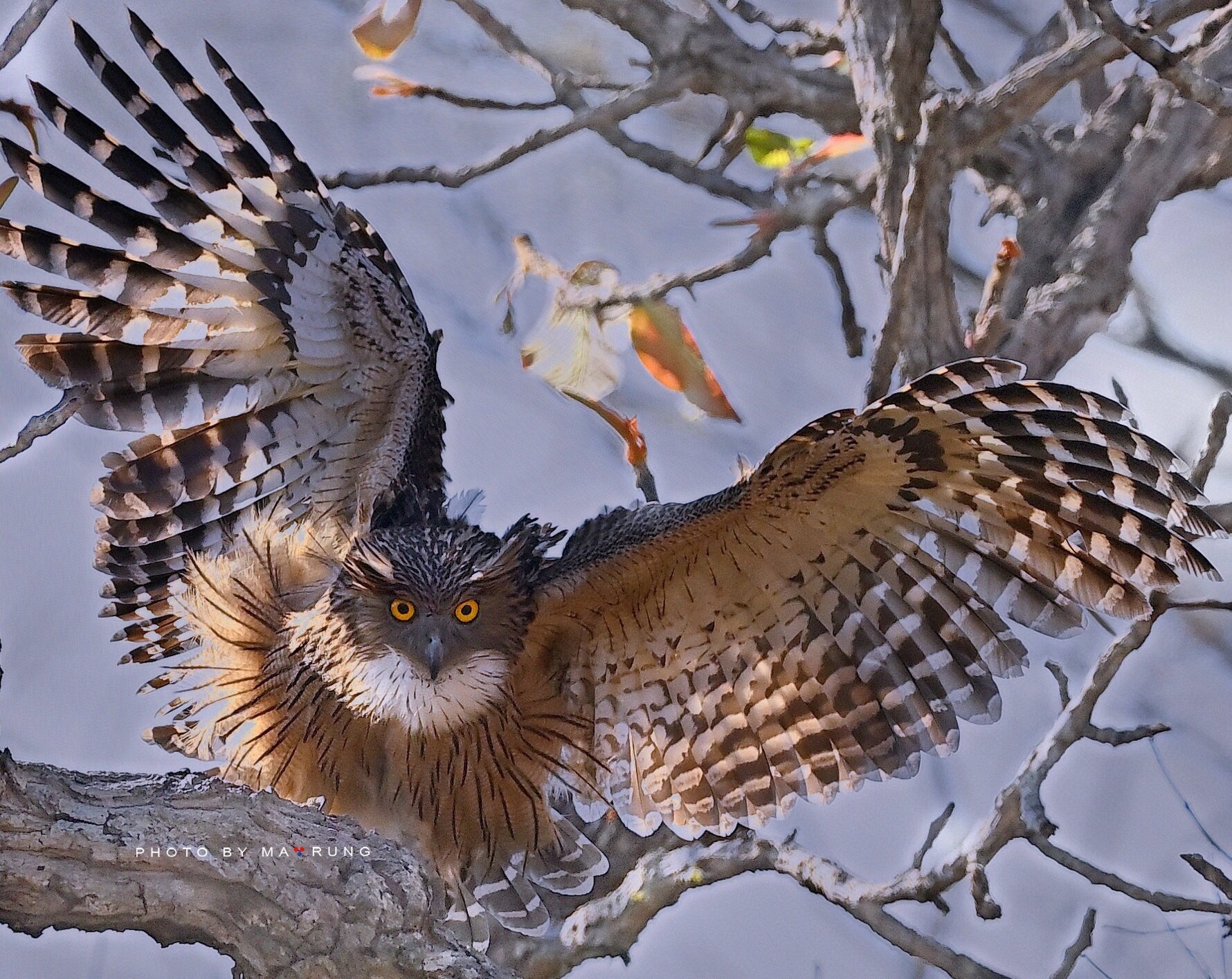
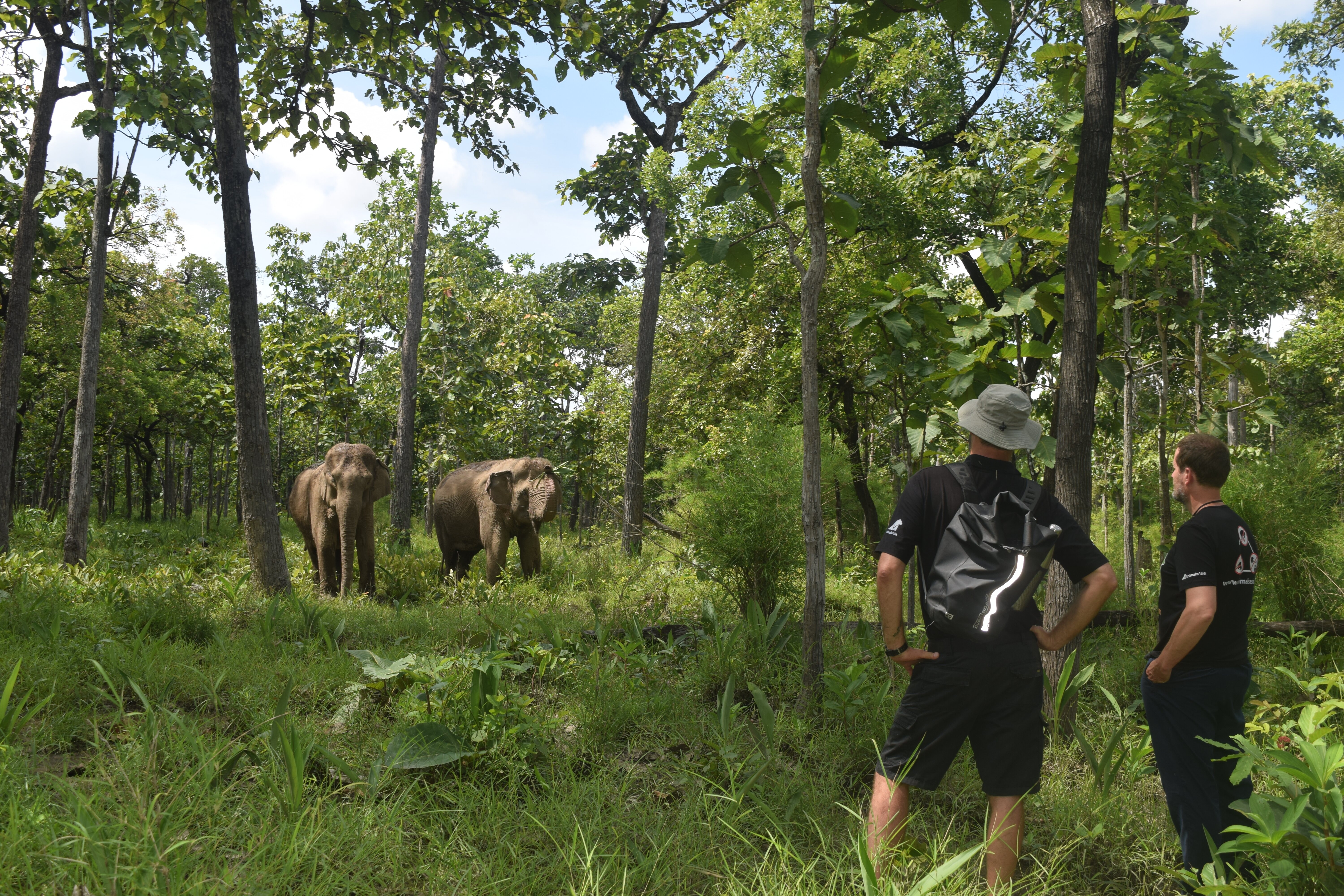
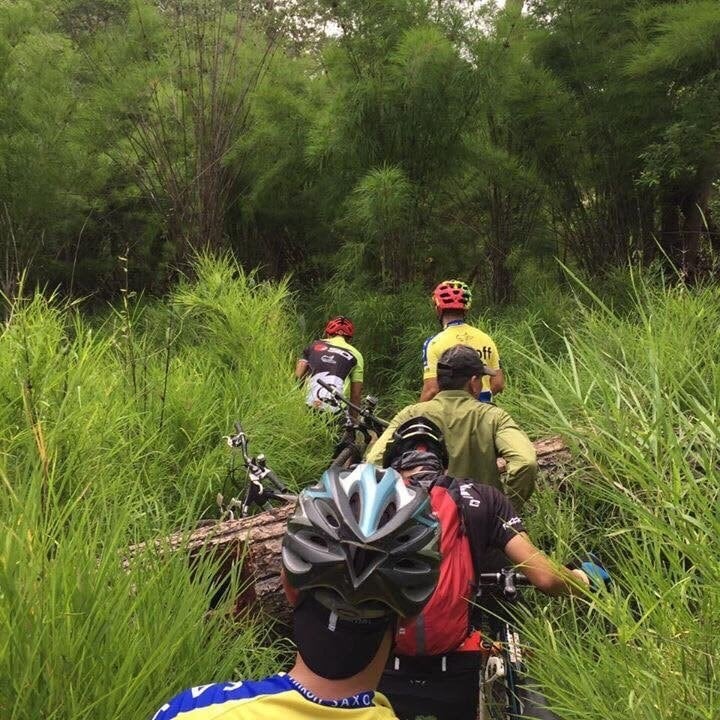
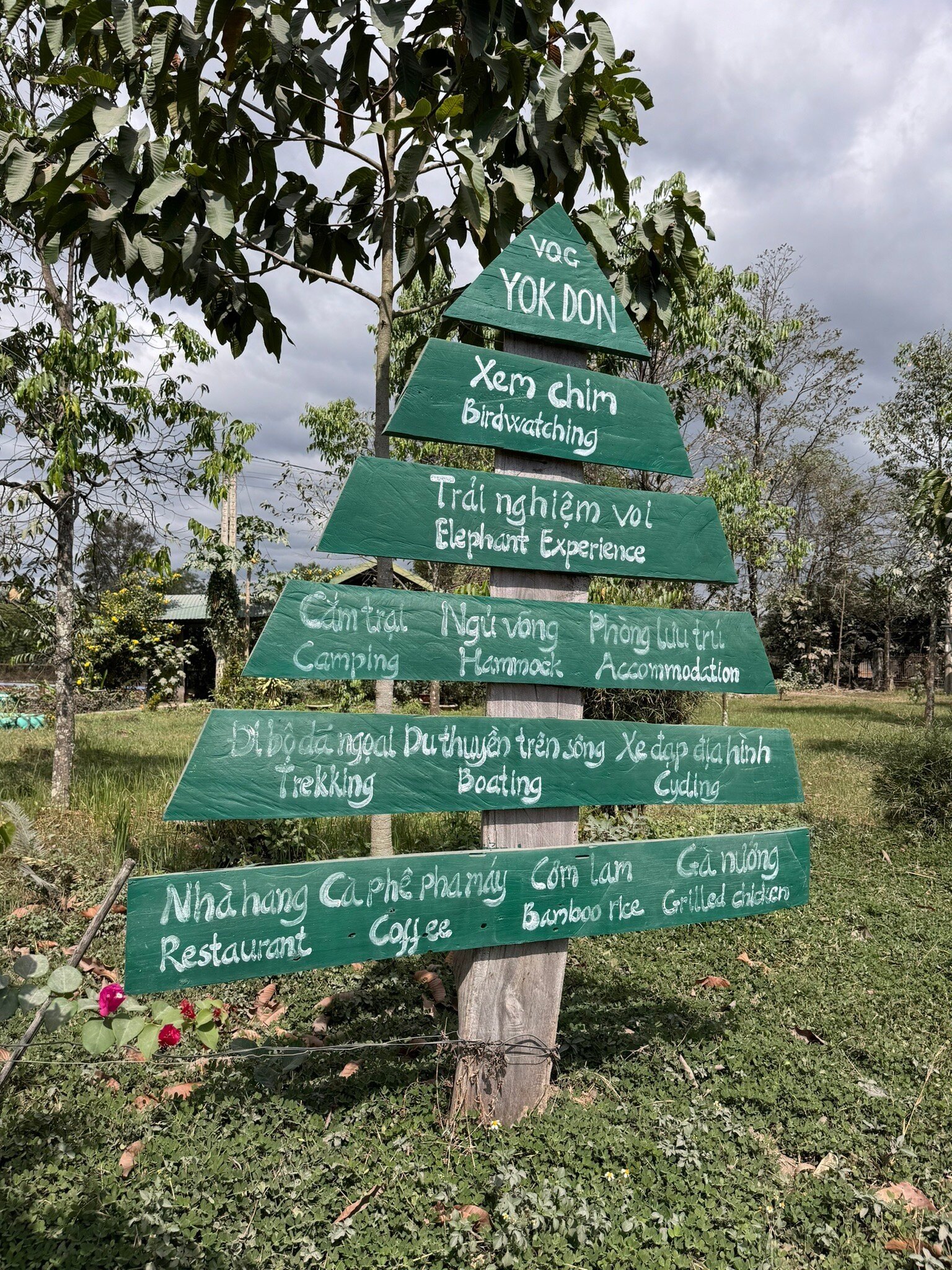
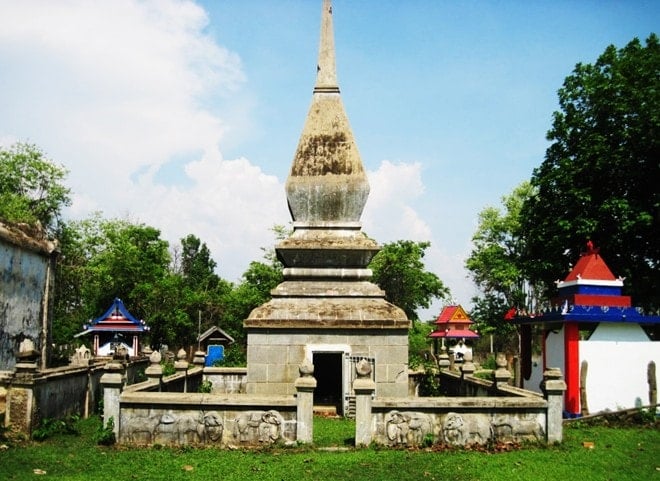
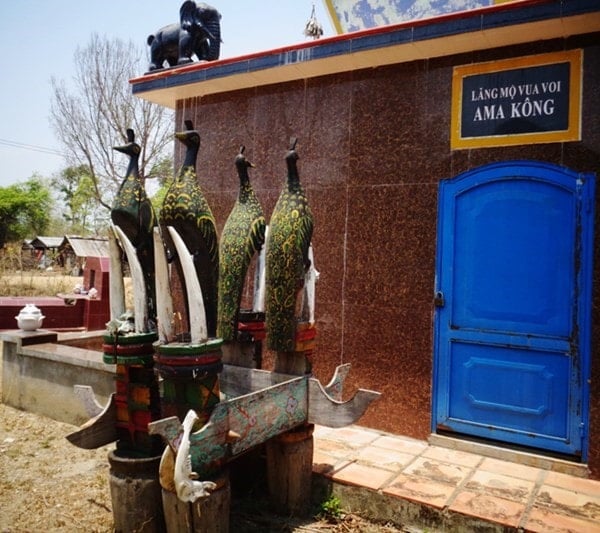

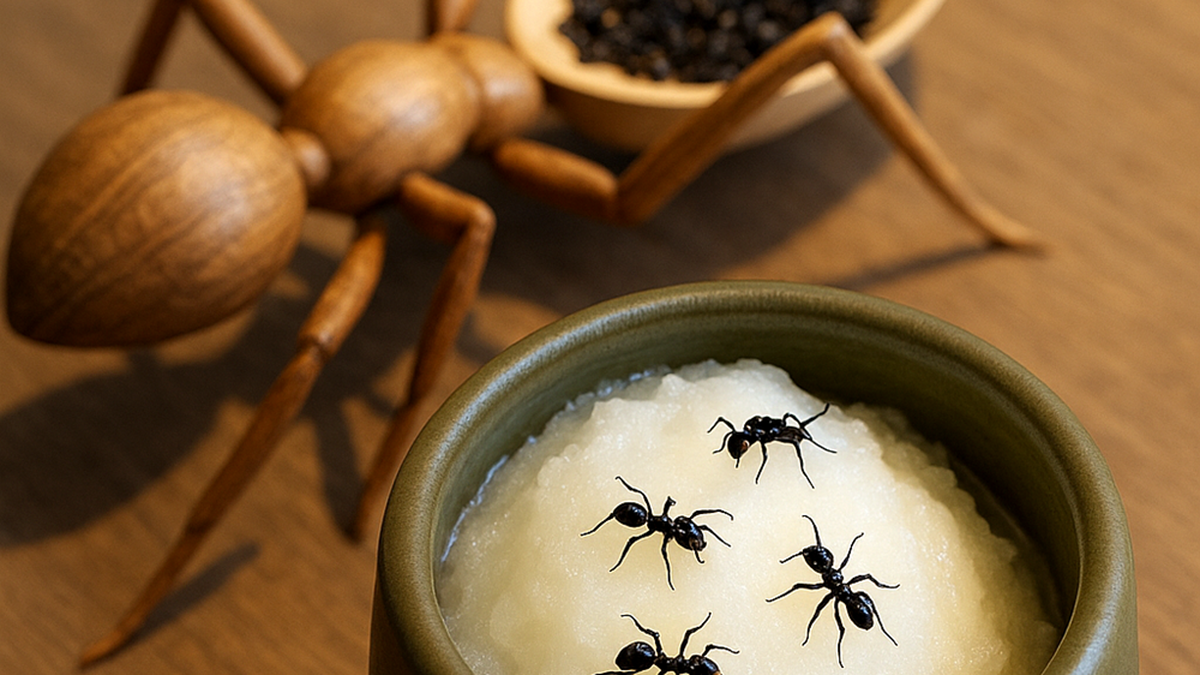
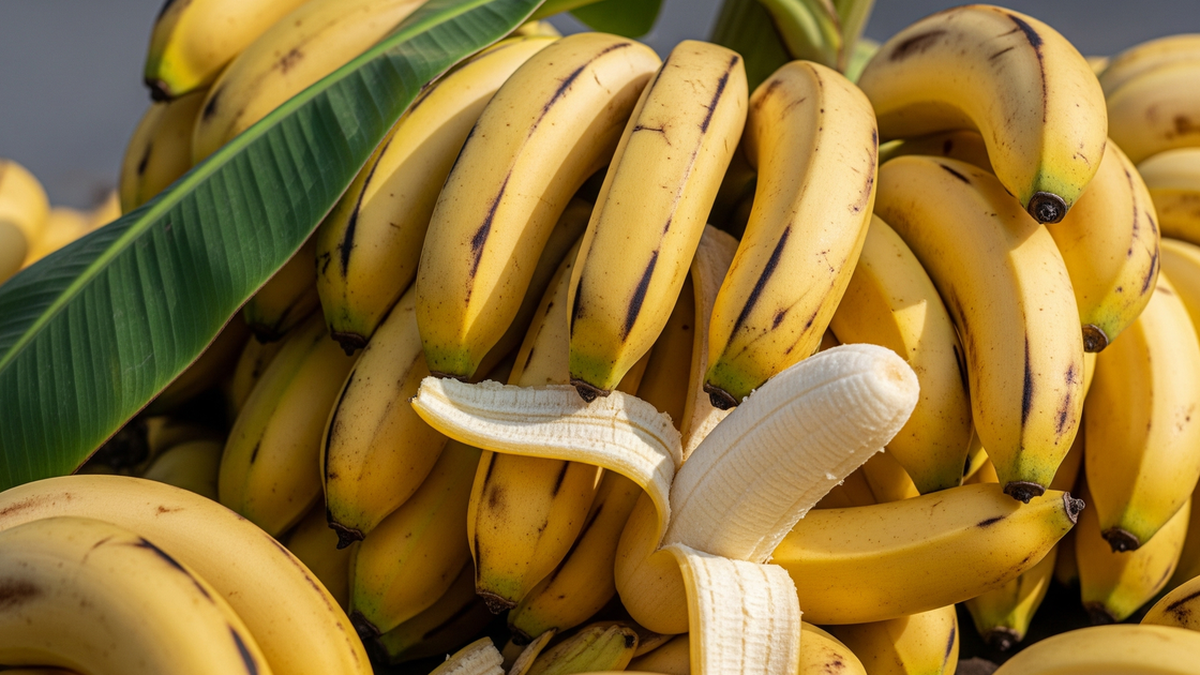
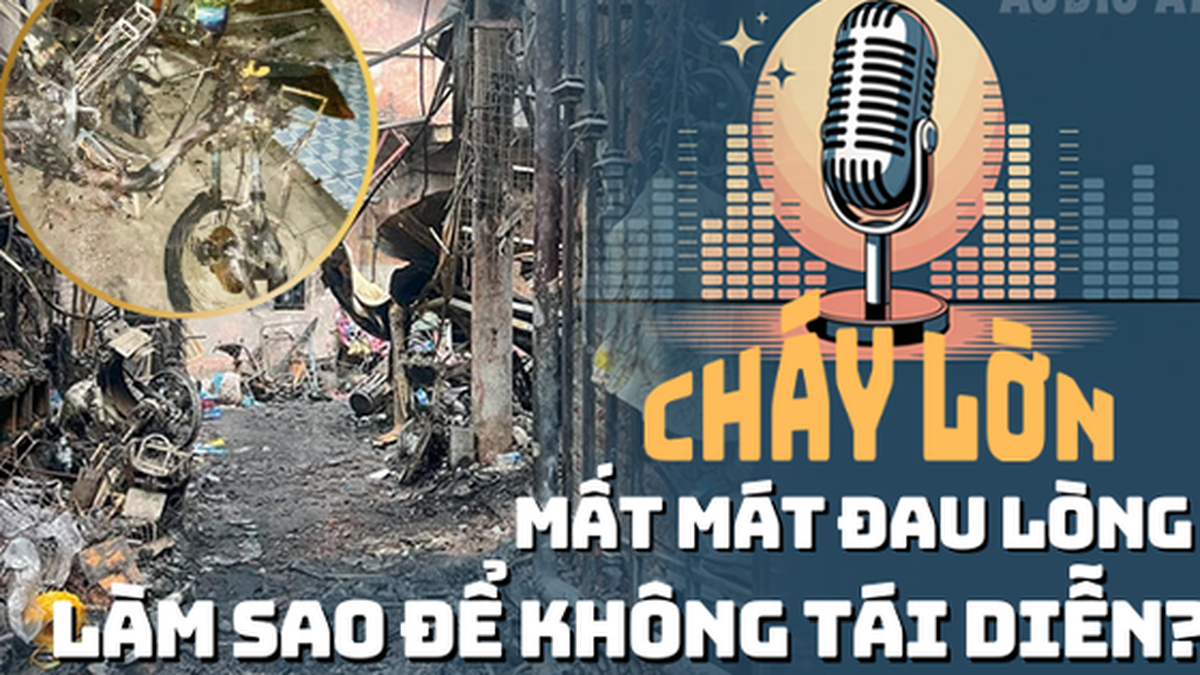


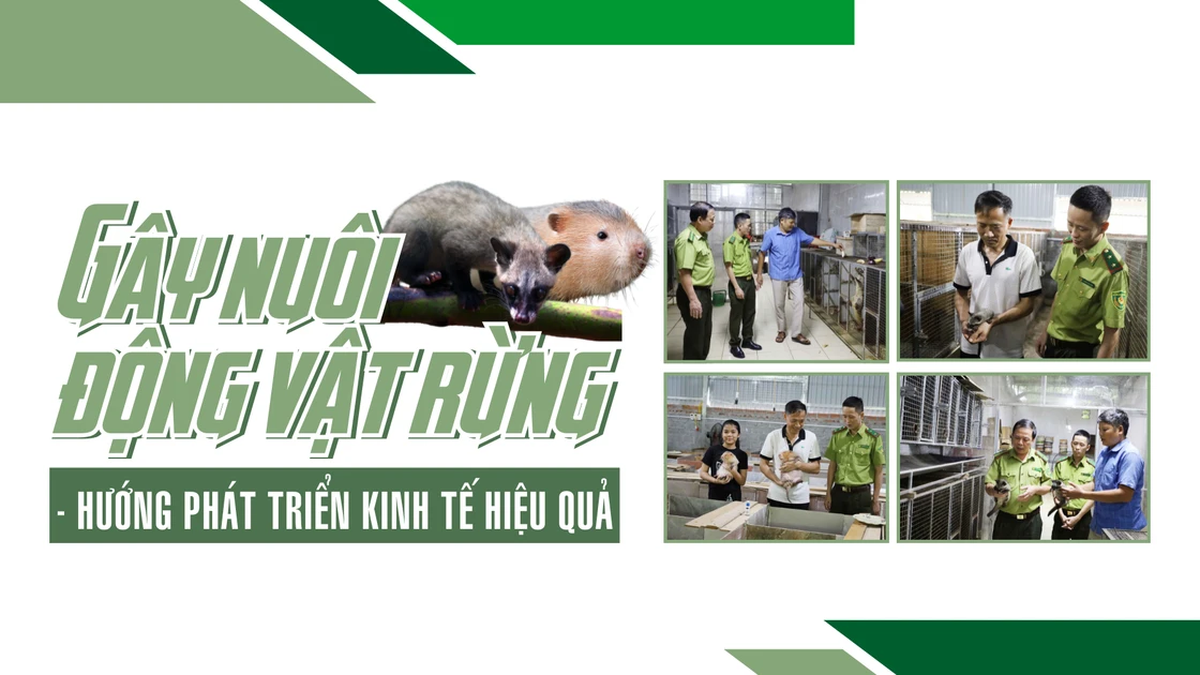

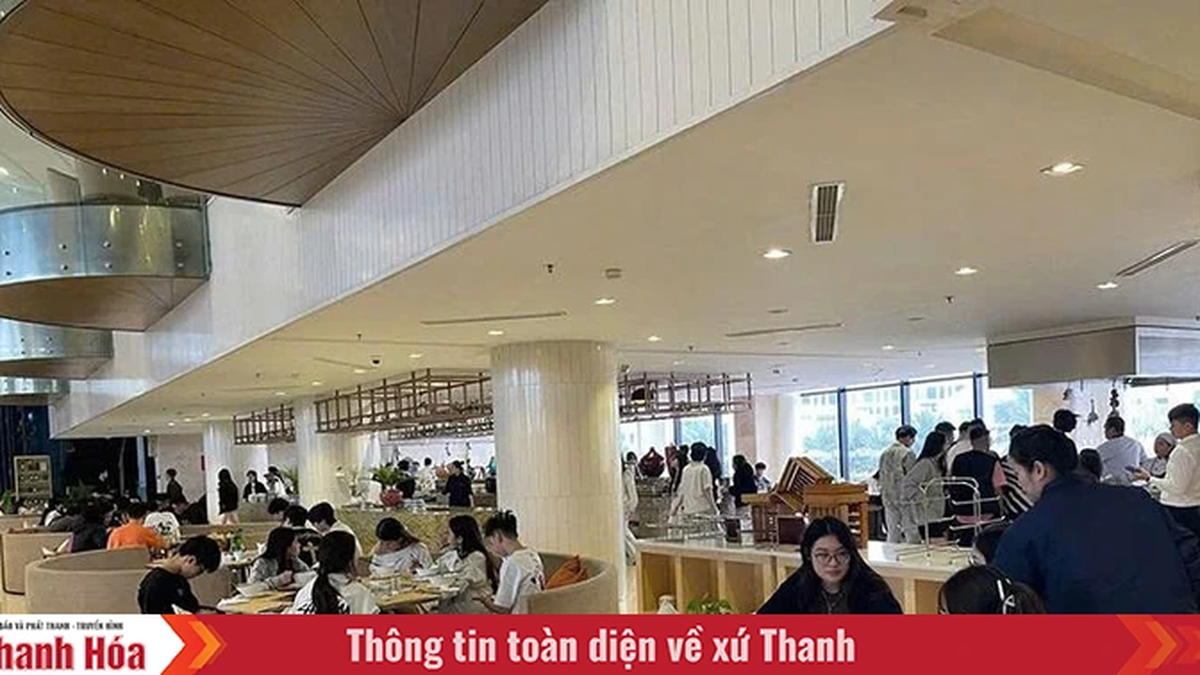


















![[Photo] Gia Lai provincial leaders offer flowers at Uncle Ho's Monument with the ethnic groups of the Central Highlands](https://vphoto.vietnam.vn/thumb/1200x675/vietnam/resource/IMAGE/2025/7/9/196438801da24b3cb6158d0501984818)


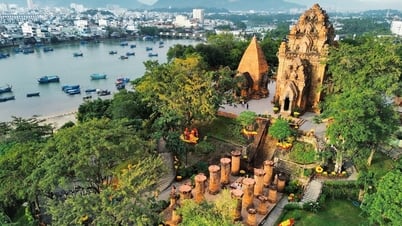



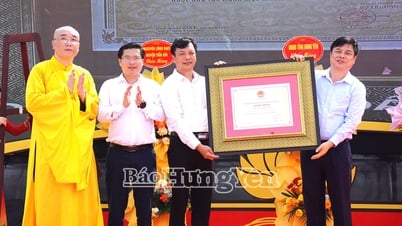

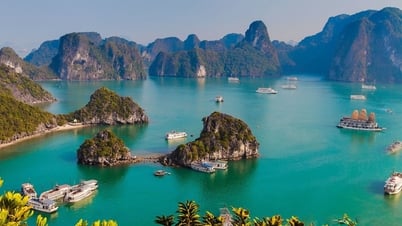

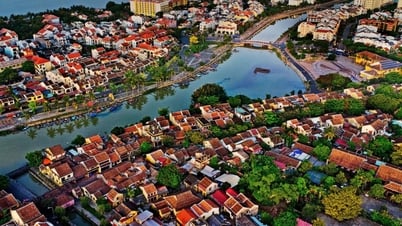





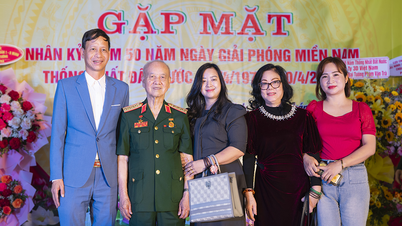






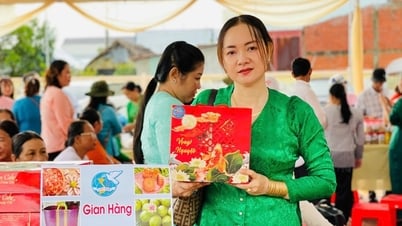











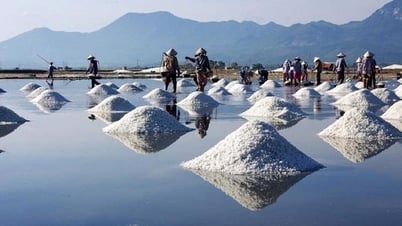


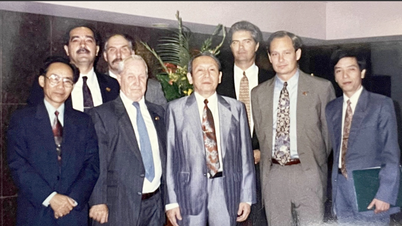








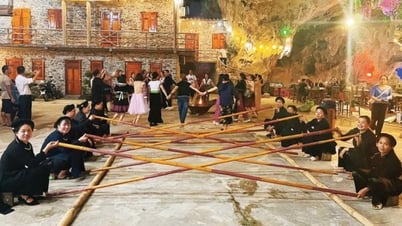























Comment (0)